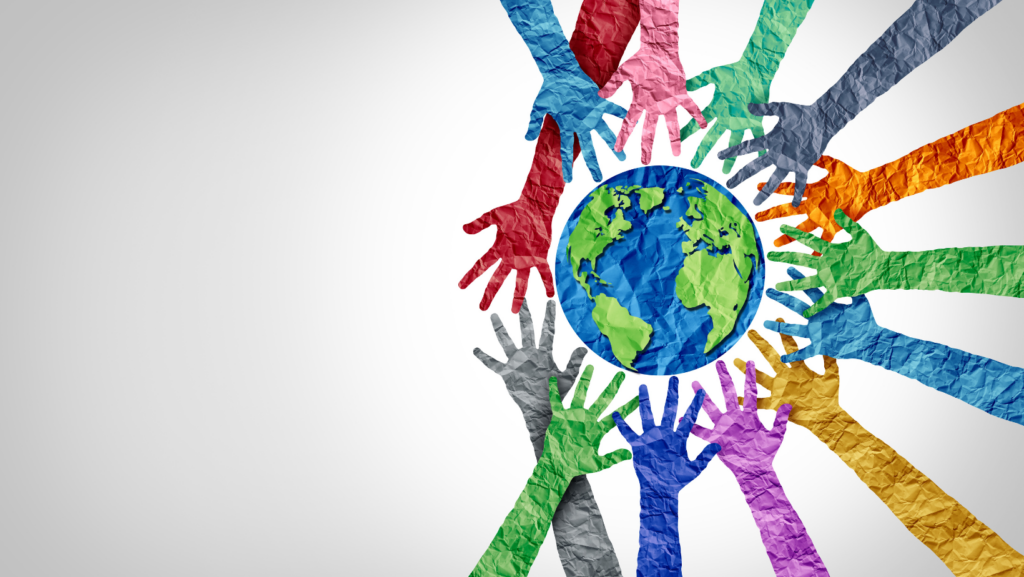In the vibrant tapestry of human existence, culture stands as the thread that binds us together. It’s the shared beliefs, values, customs, behaviors, and artifacts that members of a society use to cope with their world and with one another. So, what happens when we start analyzing these complex systems? Welcome to the fascinating world of culture analysis.
Culture analysis is a deep dive into the intricate web of societal norms and traditions. It’s the lens through which we understand the nuances of different societies, shedding light on the human experience in its myriad forms. This article will explore the compelling realm of culture analysis, offering insights into its importance and the methods used to dissect cultures worldwide. Brace yourself for an intriguing journey into the heart of societies, where you’ll discover just how much culture shapes our understanding of the world.
Culture Analysis
 In the journey of comprehending humanity’s diverse threads, the concept of culture analysis takes center stage as a potent tool. It unravels the intricacies of societal norms, traditions, and their impacts on our perception of the world.
In the journey of comprehending humanity’s diverse threads, the concept of culture analysis takes center stage as a potent tool. It unravels the intricacies of societal norms, traditions, and their impacts on our perception of the world.
When conducting a culture analysis, the various elements forming the cultural fabric of a society become pivotal. These encompass beliefs, traditions, values, and societal customs.
- Beliefs highlight a society’s understanding of existential questions, embodying the collective conviction of a community. For instance, the belief in Karma is pervasive in Indian societies.
- Traditions, another example of cultural elements, encompass a societal recipe followed over generations. Thanksgiving, a tradition in North American societies, underlines this.
- Values, much like a social compass, guide the common behaviors acceptable within societies. Japanese societies exhibit a strong value for harmony, illustrated by their habit of consensus decision-making.
- Societal customs emerge as set practices or protocol adhered to in specific situations. The German custom of handshaking, even among friends, serves as an illustration.
By understanding and examining these elements in depth, one can shed significant light on societal structures and dynamics.
Tools and Techniques for Culture Analysis
 An armory of tools and techniques for culture analysis exists to assist in painting a holistic picture of societal norms and behaviors.
An armory of tools and techniques for culture analysis exists to assist in painting a holistic picture of societal norms and behaviors.
- Fieldwork, often conducted through ethnography or participant observation, enables first-hand understanding of societal elements. Anthropologists studying indigenous Amazonian tribes, for example, often use this technique.
- Surveys and questionnaires are often deployed to gather quantifiable data, helping to compare different cultural aspects. For instance, the World Values Survey measures and compares a variety of values globally.
- Content analysis provides insights by studying various forms of communication like literature, media, and artwork. An analysis of American films for portraying socio-cultural trends serves as an example here.
These tools and techniques, once mastered, empower analysts to unlock nuanced cultural aspects, underlining the richness of human societies and aiding harmonious global cohabitation.
Culture Analysis in a Global Context
 Navigating the increasingly interconnected world necessitates understanding the effect of culture in global situations. In this scenario, culture analysis plays a central role.
Navigating the increasingly interconnected world necessitates understanding the effect of culture in global situations. In this scenario, culture analysis plays a central role.
When analyzed accurately, culture significantly impacts international relationships. One can’t overstate its role in shaping national identities, fostering mutual understanding among nations, and influencing diplomatic decision making. For instance, in the late 20th century, the ‘Ping Pong Diplomacy’ between the United States and China served the nations considerably, improving strained diplomatic relations with the unifying force of sport, a cultural medium.
Role of Culture Analysis in Diplomacy
While diplomatic decisions are political, their success is often bounded by cultural understanding. Several international diplomatic missions have adopted culture analysis for negotiation strategies, policy creation, and to implement solutions aimed at peaceful resolutions. An illustrative example is how the United States’ diplomatic corps, with a better understanding of Arab cultures, fostered effective negotiations during the Arab-Israeli Peace Treaty of 1979. By applying culture analysis, they respected cultural sensitivities which contributed significantly to a peaceful resolution. In this way, culture analysis continues to play a pivotal role in diplomacy, facilitating greater cohesion and contributing to global peace.

